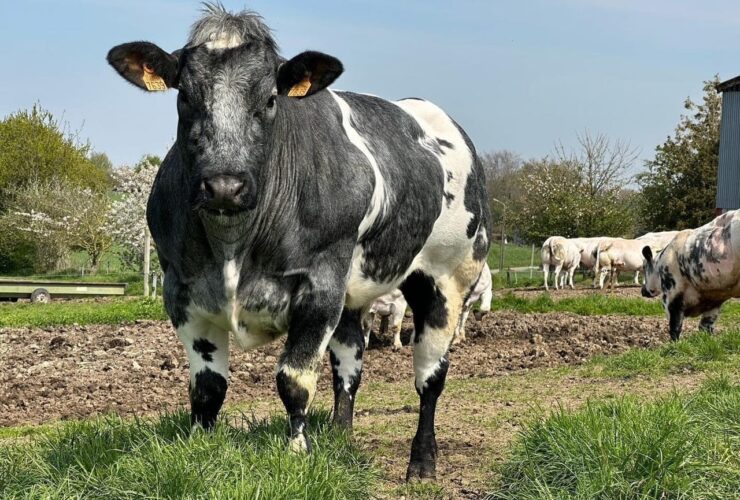Is Wagyu beef Grain-fed?
Wagyu beef, celebrated for its unparalleled marbling and exquisite flavor, has gained worldwide recognition as a premium meat product. However, one common question that often arises among beef enthusiasts is whether Wagyu beef is grain-fed. To provide a clear understanding of the feeding practices associated with Wagyu cattle, let’s explore the relationship between Wagyu beef and its diet.
The Origins of Wagyu Beef:
To comprehend the feeding practices of Wagyu cattle, it’s essential to understand the breed’s history and development. Wagyu is a Japanese cattle breed, and its name translates to “Japanese cow” (wa = Japanese, gyu = cow). Wagyu cattle have been bred in Japan for centuries, with records dating back to the 2nd century AD.
Traditional Diet of Wagyu Cattle:
Historically, Wagyu cattle were raised in Japan under specific conditions that influenced their diet. These cattle were typically raised in regions with lush, fertile pastures, which provided them with a natural diet of grasses and other forage. This traditional feeding method is known as “pasture-raised” or “grass-fed,” and it allowed Wagyu cattle to develop their distinct genetics and marbling characteristics.
Grain Feeding in Japan:
While Wagyu cattle were predominantly pasture-raised in Japan, there were variations in feeding practices over time. Some Japanese farmers began to introduce limited amounts of grain into the cattle’s diet to promote more rapid weight gain and increased marbling. This practice, often referred to as “grain finishing,” allowed farmers to enhance the marbling and flavor of the beef.
Wagyu Beef Production Outside of Japan:
When Wagyu cattle were introduced to countries like the United States and Australia, where grasslands and feeding practices differed from those in Japan, the feeding methods also evolved. In these countries, Wagyu cattle are often grain-fed for a significant portion of their lives. This grain-feeding period typically occurs in the latter stages of the cattle’s growth, and it plays a crucial role in achieving the high marbling and exceptional taste that Wagyu beef is known for.
Grain-Fed Wagyu Beef:
In regions outside of Japan, where grain-fed cattle are more common, Wagyu cattle are often grain-finished to meet the desired quality standards. During the grain-finishing stage, the cattle are typically fed a diet that includes grains like corn, barley, and wheat. This phase, which usually lasts for several months, contributes to the development of the signature marbling and rich flavor that Wagyu beef is prized for.
Benefits of Grain Feeding:
Grain feeding provides several advantages when it comes to producing Wagyu beef:
- Marbling Enhancement: Grain feeding helps increase the intramuscular fat content, resulting in higher marbling scores and improved tenderness.
- Consistency: Grain feeding allows for more control over the cattle’s diet, ensuring a consistent and predictable flavor profile.
- Shorter Time to Market: Grain finishing can help cattle reach market weight more quickly, making production more efficient.
The Debate: Grass-Fed vs. Grain-Fed Wagyu:
The question of whether grass-fed or grain-fed Wagyu is superior is subjective and often depends on personal preferences. Grass-fed Wagyu is celebrated for its more pronounced beefy flavor, while grain-fed Wagyu is cherished for its extraordinary tenderness and marbling.
It’s important to note that both grass-fed and grain-fed Wagyu beef can be exceptional in their own right. The choice between the two often comes down to individual taste preferences. Some consumers prefer the earthy, grassy notes of grass-fed Wagyu, while others relish the succulent, buttery texture of grain-fed Wagyu.
In conclusion, Wagyu beef can be both grass-fed and grain-fed, depending on the region and the specific production methods employed. The distinction between the two lies in the feeding practices, with grain-fed Wagyu typically being the choice for achieving the remarkable marbling and tenderness that Wagyu beef is celebrated for. Ultimately, whether you prefer grass-fed or grain-fed Wagyu beef comes down to your personal taste preferences and the culinary experience you seek to enjoy. Both varieties offer a unique and exceptional beef-eating experience that is sure to delight the senses.




